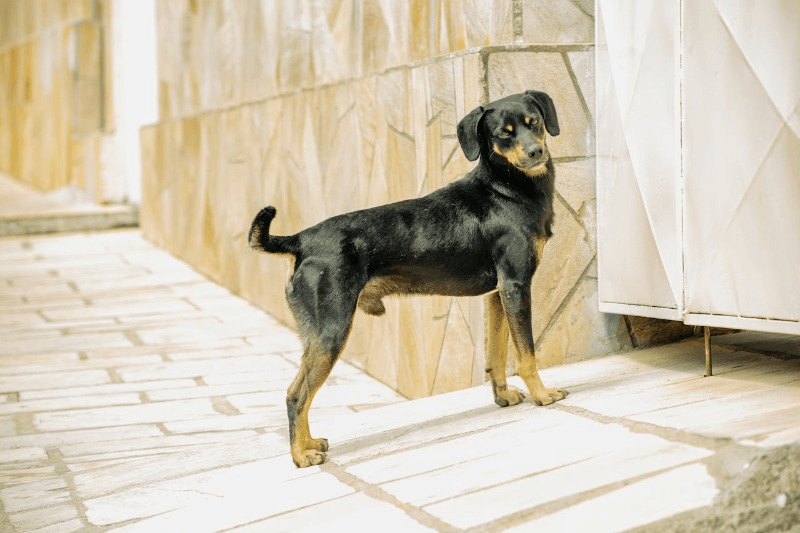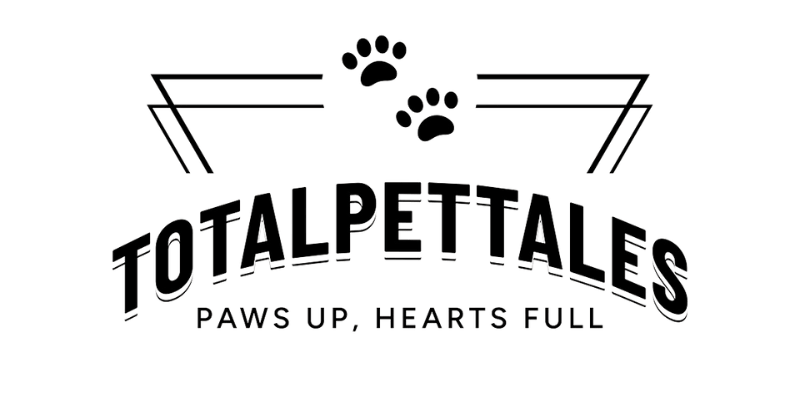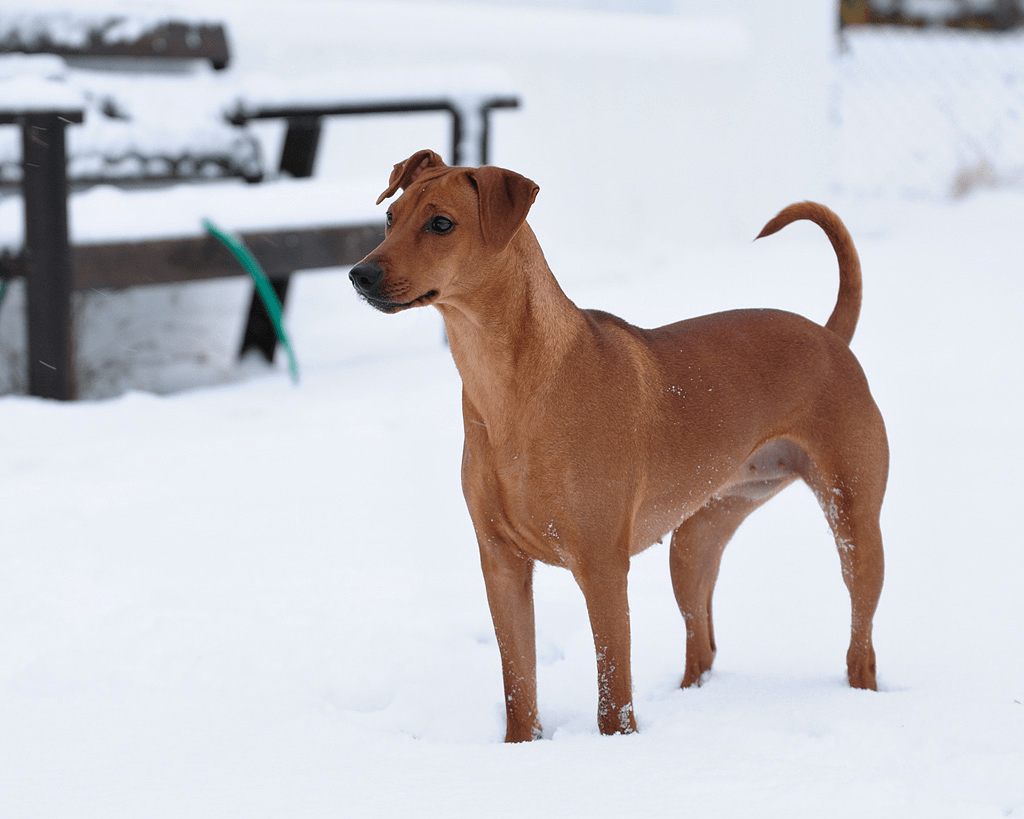The German Pinscher, a breed known for its intelligence and versatility, stands as a testament to the excellence in canine form and function. Originating from Germany, this medium-sized dog boasts an impressive lineage that dates back centuries, initially bred for vermin hunting. Today, they serve as loyal companions, distinguished by their sleek coats and spirited demeanor. Their agility and strength make them excellent candidates for various dog sports, while their keen sense of awareness and protective nature render them reliable watchdogs. As we delve into the world of the German Pinscher, we uncover the unique characteristics that make this breed a beloved choice for dog enthusiasts around the globe.
Key Takeaways
- The German Pinscher is a versatile, energetic breed that thrives with active families, making them an excellent choice for those seeking a lively and loyal companion.
- Regular exercise and mental stimulation are crucial for the German Pinscher’s well-being, highlighting the importance of integrating daily walks, play sessions, and training routines.
- Health-wise, the German Pinscher is generally robust, but prospective owners should be aware of common health issues like hip dysplasia and ensure regular veterinary check-ups.
- When living with a German Pinscher, establishing early socialization and consistent training is key to nurturing a well-behaved and sociable pet.
- Seeking reputable breeders or adoption centers is essential for finding a healthy and ethically bred German Pinscher, underscoring the importance of doing thorough research before bringing one home.
- The miscellaneous aspects of owning a German Pinscher, including grooming needs and their suitability for various living environments, should also be considered to ensure a happy and harmonious home life.
Breed Overview
History
The German Pinscher, a breed with roots in Germany from the 17th century, was originally bred as a versatile farm dog. These dogs were not only good at guarding property but also excelled in hunting vermin, showcasing their utility on farms.
The significance of the German Pinscher extends beyond its original farm duties; it played a pivotal role in the development of other breeds. Notably, it contributed to the breeding of the Doberman and Miniature Pinscher, both of which share some physical and temperamental traits with their ancestor.
However, the aftermath of World War II saw the breed on the brink of extinction. The number of German Pinschers dwindled alarmingly until a handful of dedicated breeders took it upon themselves to revive the breed. Through their efforts, they managed to prevent the complete disappearance of this historic breed.
Physical Characteristics
Standing as a medium-sized breed, the German Pinscher boasts a muscular build that complements its sleek coat beautifully. This dog carries itself with an air of elegance and strength, attributes that are visible at first glance.
The coat comes in a variety of colors including black and tan, red, and blue, offering potential owners several aesthetic choices. In regions where it’s legally allowed, German Pinschers often have cropped ears and docked tails. This practice contributes to the distinctive look that many associate with the breed.
Personality and Temperament
Known for its intelligence and energy, the German Pinscher makes an excellent companion for active families. Its loyalty to family members is unmatched, showing devotion and protection to those it considers part of its pack.
However, prospective owners should be aware of the breed’s strong prey drive. This trait can sometimes lead them into trouble unless properly managed through training and socialization. German Pinschers tend to be wary around strangers—a characteristic that makes them excellent watchdogs but requires careful handling to ensure they don’t become overly suspicious or aggressive.
Early socialization and firm, consistent training are crucial for this breed. Starting training at a young age helps mold their personality positively while harnessing their natural intelligence and energy.

Health And Care
Common Health Issues
German Pinschers, like all breeds, face certain genetic conditions. Hip dysplasia, heart defects, and von Willebrand’s disease are among the most common. To catch these early, regular health screenings are essential. Eyes and cardiac issues should be closely monitored.
Knowing the health history of puppy parents can prevent future heartache. This knowledge helps predict potential problems in puppies.
Dietary Needs
A high-quality dog food is key for German Pinschers. It should match their age, size, and activity level. Overfeeding can lead to obesity, a growing concern in pets today. For those with dietary restrictions or allergies, consulting a vet is crucial.
Exercise Requirements
German Pinschers brim with energy. They need daily vigorous exercise to stay balanced. Running, agility courses, and fetch games keep them mentally and physically fit. Lack of exercise might result in destructive behavior.
Grooming
The German Pinscher boasts a low-maintenance coat needing minimal grooming. Regular brushing keeps it shiny and healthy. Don’t forget about nail trimming and dental care.
Regular ear checks can ward off infections before they become serious issues.
Living with a German Pinscher
Training and Socialization
Early socialization for a German Pinscher is crucial. It helps prevent aggression or shyness as they grow. Introducing them to different people, animals, and environments when they’re young builds their confidence. Obedience training is also key. It channels their intelligence and energy in positive ways. Remember, these dogs are smart but sensitive. Harsh training methods can do more harm than good. Positive reinforcement works best with them.
Environment
A home with a securely fenced yard is ideal for a German Pinscher. They love to play and can be escape artists if given the chance. Small apartments might not be the best fit unless you commit to daily exercise. These dogs thrive with active individuals or families. They need space to explore and expend their boundless energy.
Activities They Enjoy
German Pinschers excel in various activities. Agility training, tracking, and competitive obedience are just a few they enjoy. These activities challenge both their minds and bodies, keeping them engaged and happy. Interactive play sessions are also beneficial. They stimulate the dog’s intellect while strengthening your bond. Don’t forget about long walks or hikes; they’re essential for their physical health.

Creator: Lori Branham
Breeder Advice and Adoption
Choosing a Breeder
Picking the right breeder is crucial when you’re looking to welcome a German Pinscher into your home. Health screenings and health guarantees are vital. These practices show the breeder’s commitment to the breed’s well-being. Always ask for this information upfront.
Visiting the breeder’s facility is another important step. It gives you a chance to see the conditions in which your potential pet has been raised. A clean, spacious environment speaks volumes about the breeder’s ethics and care standards.
Be cautious of purchasing puppies from pet stores or online sellers who do not allow you to meet the dog’s parents. This can be a red flag indicating that the dogs may not have been bred or treated properly. Meeting the puppy’s parents also offers insight into future health and temperament issues.
Adoption
Adoption offers a meaningful alternative to buying a German Pinscher from a breeder. Shelters and rescue organizations often have dogs in need of loving homes. Before adopting, it’s wise to understand the specific needs and traits of German Pinschers. This knowledge helps ensure a good match between you and your new pet.
Prepare questions for shelter staff about the dog’s health history and temperament. Their answers can help you determine if a particular dog will fit well with your lifestyle and family dynamic, especially if you’re transitioning from living with another breed, as discussed in the previous section.
Misc.
Popular Names
When it comes to naming a German Pinscher, many owners opt for classic and strong names like Max, Bella, Fritz, and Luna. These names not only capture the essence of their bold and spirited nature but also pay homage to their German heritage. It’s wise to choose a name that mirrors the dog’s personality or nods to its impressive lineage. For example, a lively and adventurous Pinscher might suit the name “Fritz,” which implies a keen spirit.
However, it’s best to steer clear of overly complicated names. Dogs respond better to short and distinct sounds. A name like “Alexander the Great” might be amusing but could confuse your pet. Stick to something they can easily recognize and respond to.
Fun Facts
The German Pinscher is a member of the working group, known for its versatility in various dog sports. This breed excels in agility, obedience, tracking, and even barn hunt competitions. Their intelligence and eagerness to please make them standout competitors.
Contrary to what some might think, German Pinschers are not just smaller versions of Doberman Pinschers. They are a distinct breed with their own unique history and characteristics. This misconception often gets cleared up once people learn more about them.
Famous German Pinschers or those owned by celebrities add an interesting twist to this breed’s story. While there may not be as many well-known stories as with other breeds, any German Pinscher making waves in the public eye sparks interest in this dignified and capable breed.
Top Dog Grooming Tools (Click Here)
Final Remarks
The German Pinscher stands as a testament to versatility, combining agility, strength, and intelligence in a sleek, medium-sized frame. This breed’s history, care needs, and the joy it brings to households underscore its enduring appeal. They require attentive health management, consistent training, and an environment that fosters their energetic nature. Prospective owners should seek reputable breeders or consider adoption to ensure a healthy, happy companion.
Engaging with a German Pinscher means committing to their physical and emotional well-being. It invites an enriching journey of companionship marked by loyalty and spirited playfulness. For those ready to embrace the challenges and rewards of living with this dynamic breed, the journey promises to be deeply rewarding. Let this guide serve as a stepping stone towards understanding and appreciating the unique qualities of the German Pinscher. Embrace the opportunity to welcome such a distinguished companion into your life.
Frequently Asked Questions
What is the average lifespan of a German Pinscher?
The average lifespan of a German Pinscher is between 12 to 14 years. This breed is known for its robust health and longevity when properly cared for.
How much exercise does a German Pinscher need?
A German Pinscher requires daily exercise, including walks and playtime, totaling at least an hour. They are energetic dogs that thrive on activity.
Are German Pinschers good with children?
German Pinschers can be good with children if they are raised together or properly socialized from a young age. Supervision is advised due to their energetic nature.
What are common health issues in German Pinschers?
Common health issues in German Pinschers include hip dysplasia, heart conditions, and von Willebrand’s disease. Regular vet check-ups are essential for early detection and management.
How do I find a reputable German Pinscher breeder?
To find a reputable breeder, look for those who perform genetic testing on their breeding dogs, offer health guarantees, and allow you to visit their facility. The American Kennel Club (AKC) website is a reliable resource.
Can German Pinschers adapt to apartment living?
German Pinschers can adapt to apartment living if they receive sufficient daily exercise and mental stimulation. However, they do best with access to a yard where they can expend energy.
What grooming requirements do German Pinschers have?
German Pinschers require minimal grooming. Regular brushing once a week, along with routine ear cleaning and nail trimming, suffices to keep them in good condition.






0 Comments